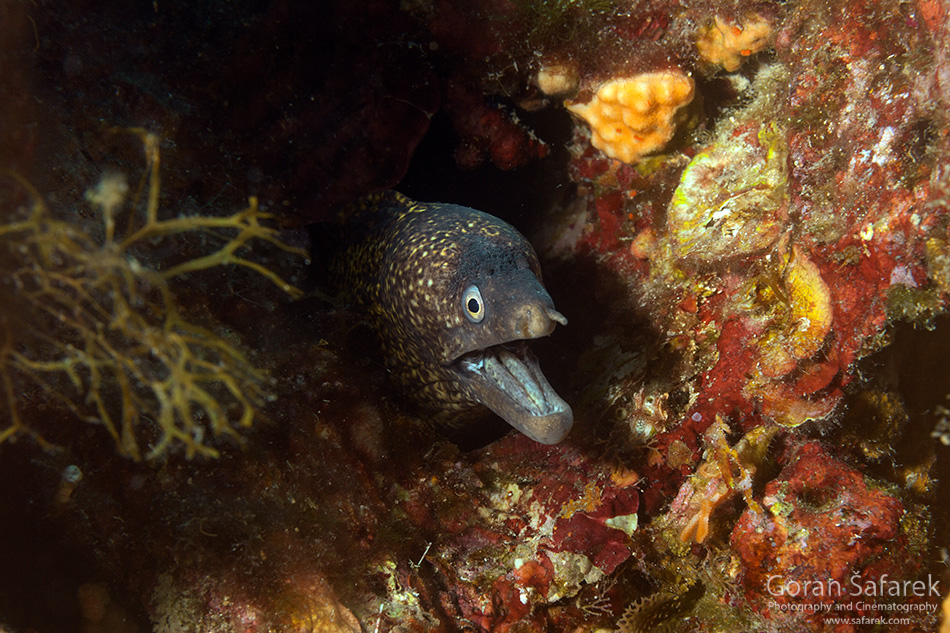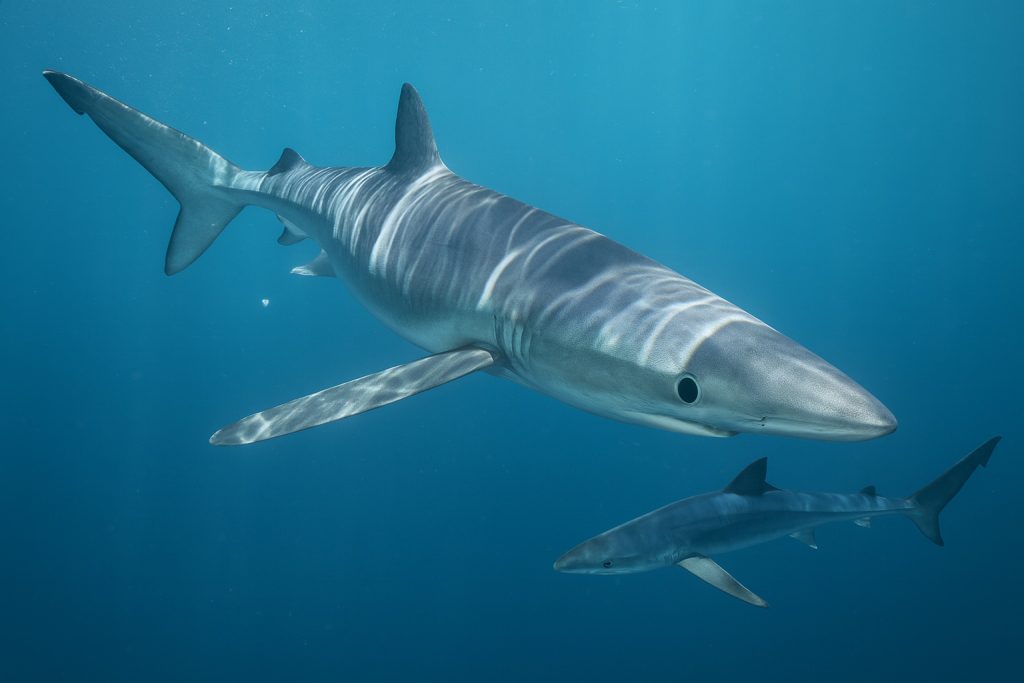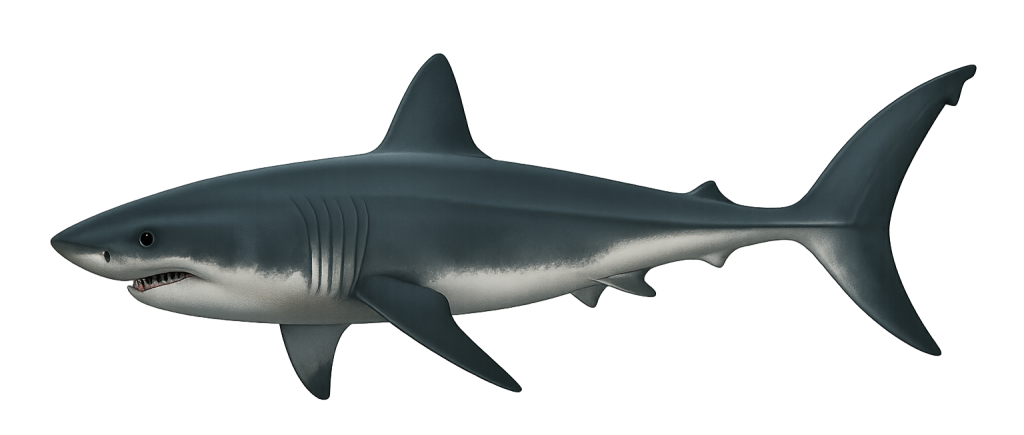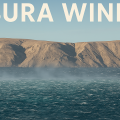Discover the dangerous animals in the Adriatic Sea and learn how to stay safe on holiday. From weever fish to jellyfish, here’s what to know before swimming.
The Adriatic Sea is one of Europe’s most inviting coastlines — warm turquoise water, endless pebble beaches, and calm bays perfect for families. While it is generally very safe for swimming, there are a few creatures that deserve respect. Encounters are rare, but it’s always good to know what to look out for and how to protect yourself. Here’s a guide to the dangerous animals in the Adriatic Sea that you might encounter on holiday — and tips for staying safe.
Table of Contents
Weever Fish
Hidden under sand in shallow waters, weever fish are one of the most common hazards. Their sharp dorsal spines carry venom that can cause excruciating pain if stepped on.

How to stay safe:
- Wear water shoes, especially on sandy beaches.
- If stung, immerse the foot in hot water (as hot as you can tolerate) to neutralize the venom.
Stingrays
These flat fish often rest half-buried in the seabed. While not aggressive, their tail spine can cause painful injuries if accidentally stepped on.

How to stay safe:
- Shuffle your feet when walking in shallow sandy areas so rays swim away before you step on them.
Scorpionfish
A master of camouflage, the scorpionfish hides among rocks and seaweed. Its spines are venomous and can deliver painful stings.

How to stay safe:
- Avoid handling or touching fish while snorkeling or fishing.
- Wear gloves if diving near rocky seabeds.
Moray Eel
Moray eels hide in crevices and only attack if disturbed. Their bite can be deep and may cause infections due to bacteria in their mouth.

How to stay safe:
- Never put your hands into rocky holes or cracks while snorkeling.
- Admire marine life from a safe distance.
Jellyfish
The Adriatic is usually clear of dangerous jellyfish, but occasional blooms bring stinging species like the mauve stinger. A brush can cause burning welts and discomfort.
Moon jellyfish
The most common Adriatic jellyfish (Aurelia aurita) looks frightening, but its sting is mild.
Mauve stinger – small but dangerous
Pelagia noctiluca is a small purple jellyfish, whose touch causes burns and stinging that can last for hours.
How to stay safe:
- Look out for local beach warnings.
- Rinse with seawater (not fresh water) and apply vinegar or a special anti-sting spray if stung.
Fireworm
This colorful, bristly sea worm looks fascinating but is covered in venomous bristles that cause painful skin irritation.

How to stay safe:
- Never touch marine creatures you don’t recognize.
- If stung, remove bristles carefully with tweezers and rinse with seawater.
Needlefish
Fast, slim fish that leap out of the water, sometimes at night near lights. Rarely dangerous, but accidents have occurred.

How to stay safe:
- Be cautious when night fishing or swimming with lights in the water.
Sharks in the Adriatic
The Adriatic is home to several shark species, including the blue shark (). Encounters with swimmers are extremely rare. The great white shark is occasionally recorded but is not considered a real threat here.
Blue shark – the elegant blue traveler
The most common shark in the Adriatic, the blue shark (Prionace glauca), can grow up to 4 meters. Although it inspires fear, attacks on humans are extremely rare.

Great white shark – a rare visitor
Carcharodon carcharias occasionally strays into the Adriatic, but encounters are very rare and mostly harmless. Still, it remains a symbol of “marine danger.”

How to stay safe:
- Shark sightings are rare — no need for fear, but be aware in open waters.
How to Protect Yourself on Holiday
- Wear water shoes on rocky and sandy beaches.
- Don’t touch marine animals, no matter how harmless they look.
- Check local warnings for jellyfish blooms or unusual sightings.
- Learn basic first aid for stings: hot water for fish venom, vinegar for jellyfish, medical attention for deep wounds.
Read about other dangerous animals in Croatia
Final Word
For millions of visitors every summer, the Adriatic is a safe and welcoming sea. Encounters with dangerous animals are very rare — but knowing what lives beneath the surface will make you a smarter, more confident swimmer.







